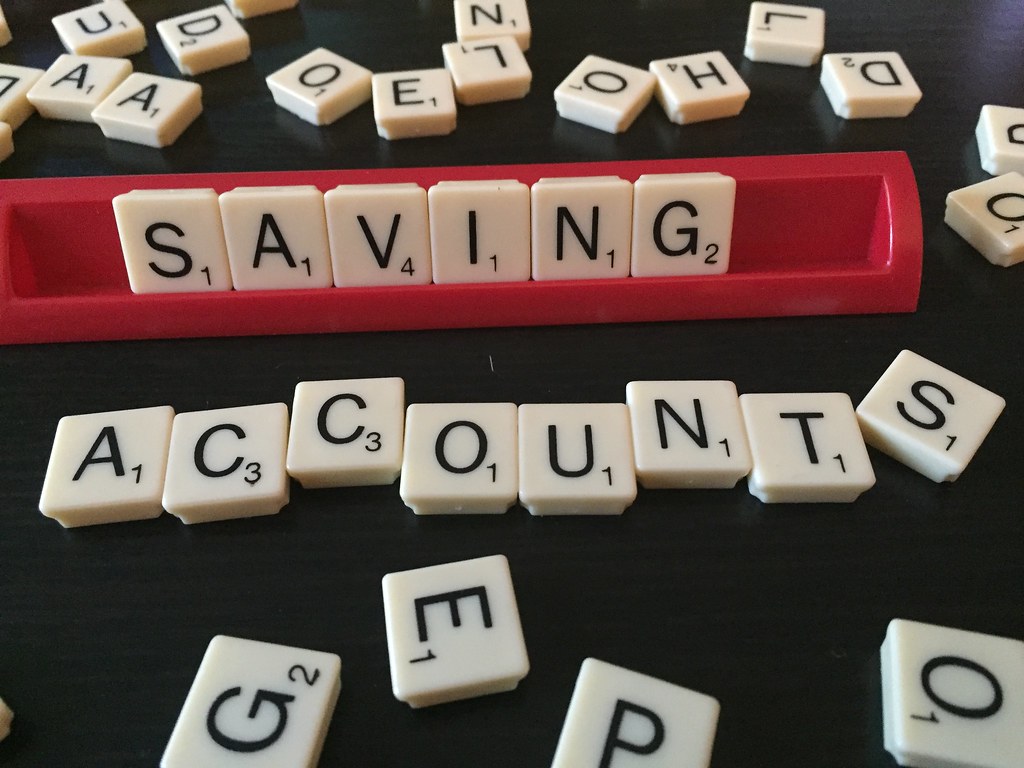The Reality Check Your Bank Account Needs

Picture this: while you’re sleeping tonight, someone in America is making money. Not from working a graveyard shift or running a late-night food truck, but from investments they made months or even years ago. Through investments, royalties, rentals, and revenue, passive income is money you earn without the need for ongoing work. It’s not linked to a regular job and doesn’t require your constant attention. That means more freedom, flexibility, and cash for you. The harsh truth? The average income in 2025 in the US is $61,984, but many Americans are missing out on a powerful wealth-building strategy that could dramatically change their financial future. Passive income can help you earn more during the good times and tide you over if you suddenly become unemployed, if you voluntarily take time away from work or if inflation keeps chipping away at your purchasing power.
Dividend Stocks: Your Silent Money-Making Partners
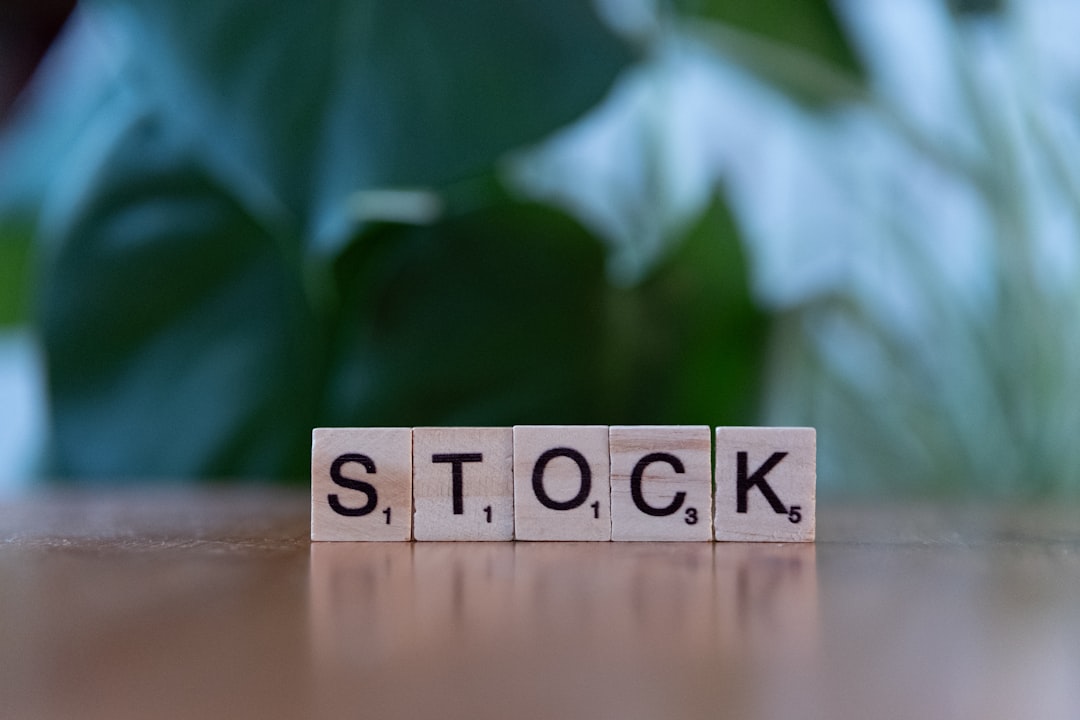
When it comes to passive income, dividend stocks are like having business partners who send you checks regularly without asking for your input. Home Depot declared a dividend of $2.30 per share for the first quarter of 2025, payable on June 18, 2025. At an annualized dividend of $9.20 per share, HD stock offers a dividend yield of 2.5%. The beauty lies in the consistency – many companies have been raising their dividends for decades. Kimberly-Clark has raised the annual payout for 53 consecutive years. In January 2025, the board of directors approved a 3.3% increase in the quarterly dividend to $1.26 per share. In late 2024, the average dividend yield of stocks in the S&P 500 was less than 1.5%. A stock would need a yield of at least that level to be considered good compared to other options. The key is focusing on dividend sustainability rather than chasing the highest yields, which can often signal trouble ahead.
High-Yield Savings Accounts: The Foundation of Financial Peace
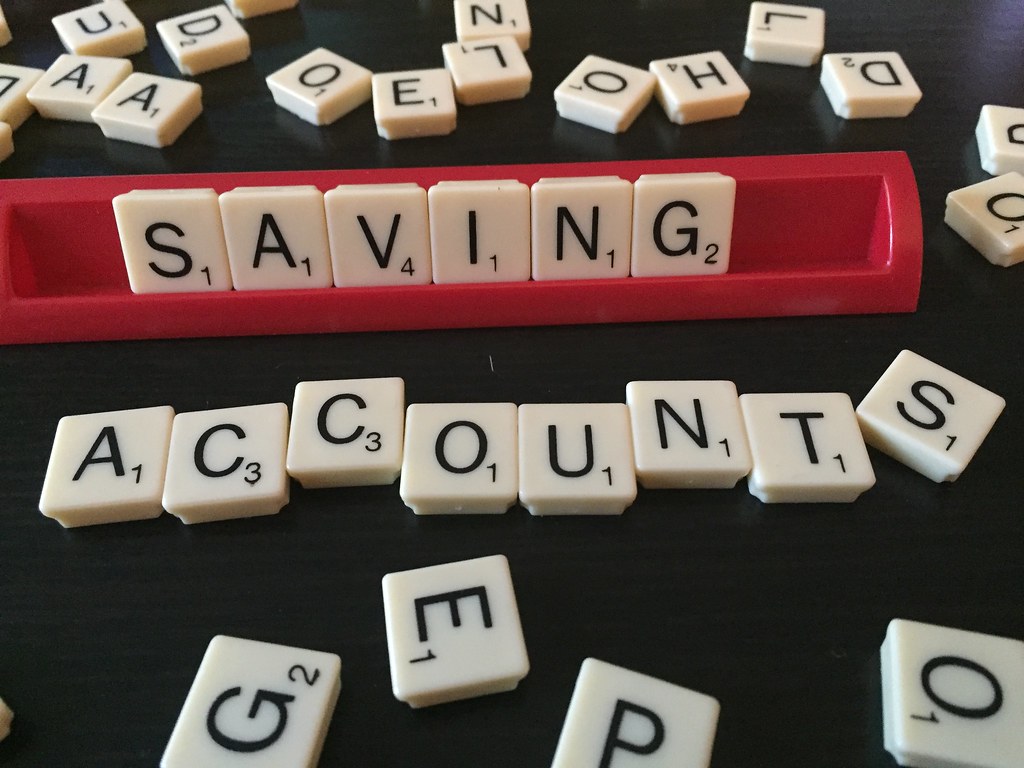
Today’s best rates include Axos Bank savings (4.66% APY), OMB Bank savings (4.56%), and more. These rates are much better than the national average for savings accounts, which is only 0.42%. The higher the rate, the faster your savings will grow. While this might not seem like a fortune maker, consider the math: Now let’s say you choose a high-yield savings account that offers 4% APY instead. In this case, your balance would grow to $1,040.81 over the same period, which includes $40.81 in interest. High-yield savings accounts (HYSAs) continue to offer some of the most attractive returns we’ve seen in quite a while, with the Fed keeping interest rates steady so far in 2025. But these higher APYs may not stick around for long. Think of high-yield savings as your financial safety net that actually pays you to keep it there. Unlike the stock market’s wild swings, these accounts offer predictable returns while keeping your money accessible for emergencies.
Real Estate Investment Trusts: Landlord Without the Headaches

Being a landlord sounds appealing until you’re dealing with 2 AM emergency calls about broken pipes. REITs solve this problem perfectly. REITs are required to meet certain standards set by the IRS, including that they: Return a minimum of 90% of taxable income in the form of shareholder dividends each year. This is a big draw for investor interest in REITs. REITs ended the year up 4.9% after falling 8.2% in the fourth quarter. Two key factors were responsible for that decline: uncertainty around interest rates and the strong negative correlation between the 10-year Treasury and the FTSE Nareit All Equity REIT Index, noted Worth. However, the segment we’re perhaps most excited about for 2025 is data-center REITs. For much of 2024, stock investors primarily focused their AI enthusiasm on the technology sector. As the year progressed, this enthusiasm spread to other parts of the market offering better valuations, including data centers, which store the servers that power AI applications. It’s like owning a piece of every shopping mall, office building, or apartment complex in America without dealing with tenants or maintenance issues.
Treasury Bonds and Government Securities: Boring Can Be Beautiful

While Treasury bonds won’t make you Instagram-famous like cryptocurrency might, they offer something far more valuable: guaranteed returns backed by the full faith and credit of the U.S. government. In 2024, the annual average return for a U.S. Treasury security with a 10-year constant maturity was 4.21%. Using that figure, if you invested $10,000 and the bond paid interest every 6 months, you would make about $210 semiannually. Think of Treasury bonds as the vanilla ice cream of investments – not exciting, but reliably satisfying. In a world where financial markets can be as unpredictable as the weather, having a portion of your portfolio in government securities provides stability. The interest payments arrive like clockwork, and you know exactly what you’ll receive and when. For many investors, this predictability is worth more than the potential for higher returns that come with higher risks.
Real Estate Rental Properties: The Classic American Dream

Owning rental property has been the cornerstone of wealth building in America for generations, and for good reason. In 2024, landlords in the United States reported an average annual income of $60,107, though actual income varied widely by property and location. How much you can make on a rental property is difficult to determine, since every property has a different value. In 2024, the average landlord claimed to make just over $16,000 from leased property However, However, since the job of being a landlord is typically active, you may need to hire property managers to handle tenants and maintenance to keep your income passive. The key is understanding that real estate isn’t just about the monthly rent checks – it’s about appreciation, tax benefits, and building equity over time. Property management companies can handle the day-to-day headaches for typically 8-12% of rental income, making this truly passive. The storage industry is expected to grow 5.9% annually until 2030. In other words, this income idea isn’t going away anytime soon.
Peer-to-Peer Lending: Becoming the Bank
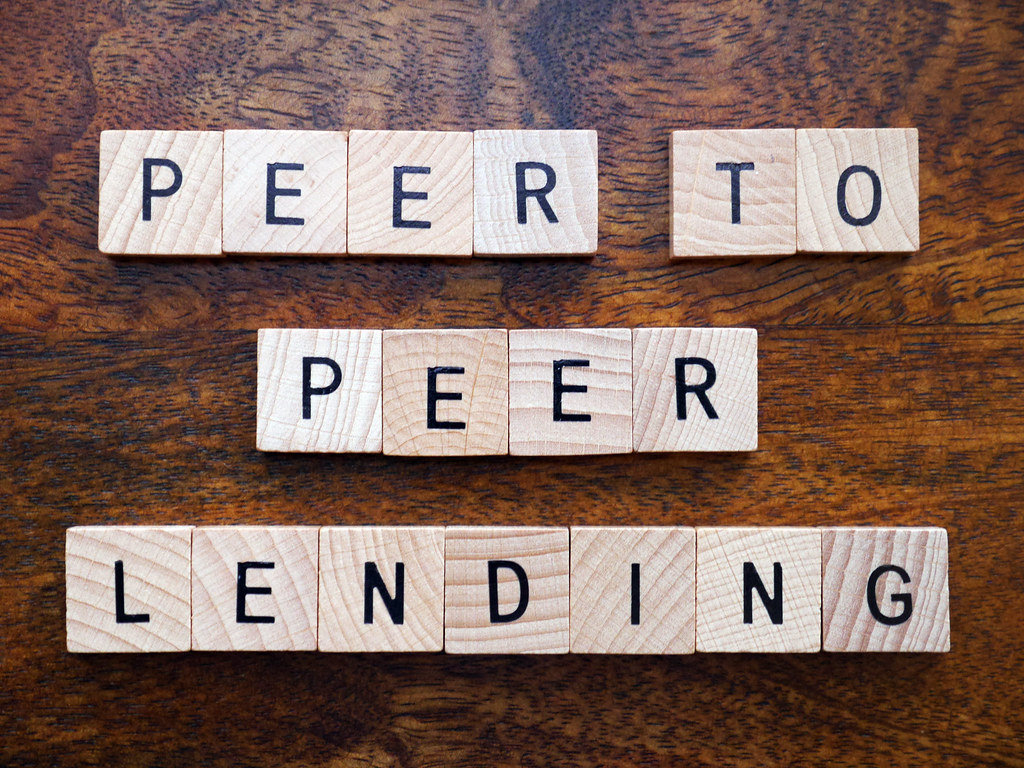
Imagine if you could cut out the middleman and become the bank yourself. That’s essentially what peer-to-peer lending platforms allow you to do. Instead of putting your money in a savings account where the bank lends it out and keeps most of the profit, you lend directly to borrowers and keep the interest for yourself. The returns can be significantly higher than traditional savings accounts, often ranging from 5% to 12% annually, depending on the risk level you choose. Platforms like LendingClub and Prosper have made this process incredibly simple – you can start with as little as $25 and spread your investment across hundreds of loans to minimize risk. The key is understanding that higher returns come with higher risks, and some borrowers may default on their loans. However, by diversifying across many loans and understanding the risk grades, many investors have found peer-to-peer lending to be a valuable addition to their passive income portfolio.
Creating Digital Products: Your Knowledge as Currency

To make passive income with no money, you can leverage your skills or knowledge by creating digital products, like ebooks or online courses and selling them through self-publishing platforms. Once created, these products can generate income with minimal ongoing effort. The beautiful thing about digital products is that they have virtually unlimited scalability – whether one person or one million people buy your course, the work you put in remains the same. Take an online course, for example: once created, you just update it occasionally to maintain your earnings. You might have heard the phrase “make money while you sleep.” That’s the big appeal of passive income. Whether it’s creating a blog, a course, an ebook, videos, or an online store, these ventures can generate income even when you’re not actively working on them. Many people overlook the fact that they already possess valuable knowledge that others would pay to learn. Whether it’s professional skills, hobbies, or life experiences, there’s likely someone out there who would benefit from your expertise. The initial effort to create these products can be significant, but the long-term payoff makes it worthwhile for those willing to invest the time upfront.
Bond Index Funds and ETFs: Diversification Made Simple
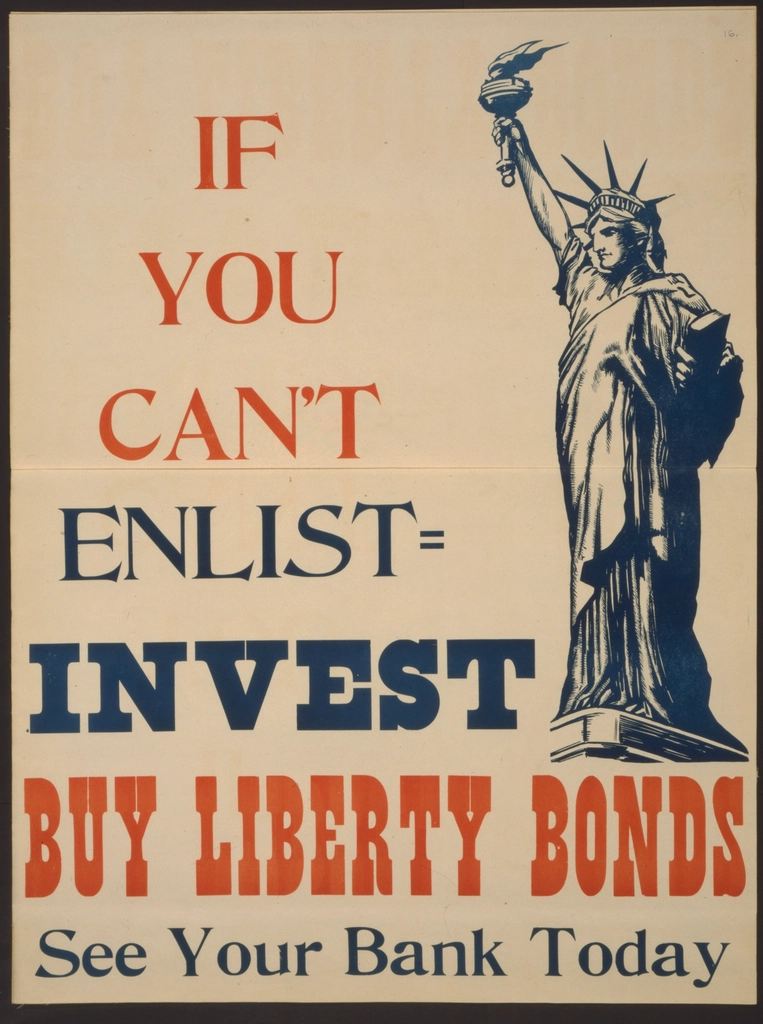
While individual bonds can be great, bond funds and ETFs offer something even better: instant diversification and professional management without the hassle of researching individual securities. These funds pool money from thousands of investors to buy hundreds or even thousands of different bonds, spreading risk across various sectors, maturity dates, and credit qualities. The income from these funds typically comes in the form of monthly or quarterly distributions, providing a steady stream of passive income. Corporate bond funds might yield 4-6% annually, while high-yield bond funds can offer even more – though with increased risk. The beauty lies in the simplicity: you buy shares of the fund, and professional managers handle all the complicated stuff like analyzing credit quality, managing duration risk, and reinvesting principal payments. For most investors, this approach is far more practical than trying to build a diversified bond portfolio on their own.
Annuities: The Pension You Create Yourself

An annuity can be a good place to set up reliable income. With a typical annuity, you make payments to an insurance company, which will provide you with a stream of income in the future. Annuities pay out monthly, and they can be set up in a variety of ways, for example to start paying immediately or much later. Opportunity: Annuities can be structured in multiple ways, depending on exactly what you need, but they’re the definition of passive income. Think of annuities as creating your own personal pension plan in a world where traditional pensions have largely disappeared. If you want a monthly payout immediately, the insurance company can set that up, or you can structure the payment to start when you retire, for example. In addition, you can set up an annuity that has a fixed return or one that could offer a variable payout depending on how the annuity’s underlying investments performed. An annuity can be set up to pay out for a set period, say, 20 years, or a lifetime. While annuities often get criticized for their fees and complexity, they serve an important purpose: providing guaranteed income that you can’t outlive. For people approaching retirement who worry about market volatility affecting their savings, annuities offer peace of mind that few other investments can match.
Dividend ETFs and Mutual Funds: The Lazy Investor’s Dream

For those who like the idea of a regular dividend but don’t want to choose specific stocks, Chan recommended investing in dividend index funds. Think of these as a “buffet” of dividend-paying stocks that lets you enjoy a “spread of companies without having to pick out each dish,” Chan said. These funds do all the heavy lifting for you – researching companies, analyzing dividend sustainability, and managing the portfolio so you don’t have to. In general, a good rule of thumb is to invest the bulk of your portfolio in index funds or ETFs, for the above reasons. But investing in individual dividend stocks with a small portion of your investment portfolio directly has benefits. Although it requires more work on the part of the investor — in the form of research into each stock to ensure it fits into your overall portfolio — investors who choose individual dividend stocks are able to build a custom portfolio that may offer a higher yield than a dividend fund. Many dividend-focused ETFs yield between 2.5% and 4% annually while providing exposure to hundreds of dividend-paying companies. The best part? You get the benefit of professional management and diversification without having to become a stock research expert. It’s like having a team of investment professionals working for you while you focus on other things in life.
Building Your Passive Income Strategy: Making It All Work Together

The secret to successful passive income isn’t picking just one strategy – it’s building a diversified portfolio that works together like a well-oiled machine. Many people think that passive income is about getting something for nothing,” says financial coach and retired hedge fund manager Todd Tresidder. “It has a ‘get-rich-quick’ appeal … but in the end, it still involves work. You just give the work upfront. Start with high-yield savings accounts for your emergency fund, then gradually add dividend stocks, REITs, and other investments as your knowledge and confidence grow. In practice, you may do some or all of the work upfront, but passive income often involves some additional labor along the way, too. You may have to keep your product updated or your rental property well-maintained in order to keep the passive dollars flowing. But if you’re committed to the strategy, it can be a great way to generate income and you’ll create some extra financial security for yourself along the way. Remember, the goal isn’t to get rich overnight but to build a system that generates income while you sleep, work, or spend time with family. With Americans living longer and retirement becoming more expensive, creating multiple streams of passive income isn’t just smart – it’s essential for financial security in the 21st century. The question isn’t whether you can afford to start building passive income streams, but whether you can afford not to.
Did you realize that your money could be working this hard for you while you focus on everything else that matters in life?

